Reviews
Jim Sharman
UK, 1975
Credits
Review by Rumsey Taylor
Posted on 31 October 2013
Source Amazon Instant Video
Categories 31 Days of Horror X
From an expanse of darkness a pair of lips emerge, the sole identifiable feature of an apparition summoned into being at the stroke of midnight. It comes alarmingly close to us, and sings:
Science fiction double feature
Doctor X will build a creature
See androids fighting Brad and Janet
Anne Francis stars in Forbidden Planet
Wo oh oh oh oh oh
At the late night, double feature picture show
In the ensuing hour-plus it will assume a variety of forms, populating a gothic mansion set protrusively underneath a lightning storm with characters that harken back to this opening number. There is the aforementioned Brad and Janet, two cornfed exemplars of the American Dream. There is a pair of extraterrestrial invaders whose flashy attire and cartoonish weaponry parody B-grade sci-fi from yesteryear. At the heart of it all is a provocative, libidinous scientist who seems to be the proprietor of those lips.
These lyrics now read prophetically considering The Rocky Horror Picture Show’s indisputable status as the quintessential midnight movie, a status pronounced from the get-go: a bursting amalgam of conservative social mores contrasted sharply against those of the counter-culture, science fiction and horror b-movies, leather and denim rock ‘n’ roll and glam androgyny, it doesn’t fit up on the big screen. It wants to get out, to flash its decoupage of influences and sit in your lap. It wants to sling a feather boa around your neck as it draws in determinedly to whisper in your ear on the matters of anatomy and science.
Like it or not, it is a genuine cinematic experience—or rather, a genuine experience. In and of itself Rocky Horror is as science fiction nominally equivalent to something like the Flash Gordon movie, with which it shares a camp attitude and lacks the bombast that traditionally engenders the genre’s mainstays. It’s even more specious as a horror film. It contains murder, a scientist bent on reanimation, and cannibalism, but like its science fiction elements it depicts these in caricature, assembling them in support of its principal structure as a musical. And as a musical it is decidedly peculiar.
Such a variety in form would prove popular in the first incarnation of The Rocky Horror Picture Show, né The Rocky Horror Show, as a stage musical in early 70s London. Shortly after its debut it was promoted to larger theaters and eventually exported with its lead performer, Tim Curry, intact as Dr. Frank N. Furter, the scientist clad invariably in mascara that frames a pair of intensely lascivious eyes. Despite Frank’s scientific aims, he dresses so provocatively that he looks strangely out of place when he eventually dons a lab coat. Once the wholesome Brad and Janet are lured into his castle he attempts to seduce both of them in succession.
In 1975, with berths in Australia and on both coasts of the U.S., The Rocky Horror Show was adapted into film with Curry remaining as its centerpiece. The film debuted to sparse crowds, and its formal premiere - which was to be on Halloween 1975 - was cancelled. Correctly recognizing a semblance between Rocky Horror’s niche appeal and that of a string of successful movies that screened exclusively at midnight, a local publicist suggested that the film embark upon a similar programming route in New York City. Rocky Horror would resume at the Waverly Theater in downtown Manhattan the following spring, at midnight.
Its repurposing was immediately successful. And nearly forty years later, the film remains in distribution, and continues to screen every Friday and Saturday at midnight just a few blocks north of where the Waverly once was.1
In retrospect, with the full spectrum of the 70s midnight offerings available for consideration, the appeal of The Rocky Horror Picture Show isn’t so anomalous. Unlike Night of the Living Dead or Eraserhead its horrors are less serious and its tone less political or overt. It has more in common with Pink Flamingos or The Harder They Come, but even so it’s less of a punk provocation than John Waters’ film and less ethnographically isolated than the Jimmy Cliff musical; it’s both more generalized and more accessible than other midnight stalwarts. In a 1979 issue of The Transylvanian, the Rocky Horror fan club’s print newsletter, fan club president Sal Piro described the film’s appeal accordingly:
[A midnight cult] film is “created” by the audiences. There is a reflection of the elements in society at the given time. It contains a rebellious attitude towards this society and the average movie subject. […] The subjects range from horror (Night of the Living Dead) to history and political messages (El Topo) to music (The Harder They Come) to sexual grossness (Pink Flamingos). Almost all these elements are contained in The Rocky Horror Picture Show, which is the most successful commercially of these films…2
There is an essential difference between Rocky Horror and its midnight brethren, however, in that it is less appreciable as a film than it is - again - as an experience. The film’s patrons will dress up as the characters and enact the film’s action right below the screen, and within months of the Waverly premiere this facet of Rocky Horror would become its predominant feature. Critic Jonathan Rosenbaum, who attended the show in New York, describes the experience as such:
Some fans fill the pauses in the film’s dialogue with wisecracks, many of them retained from one show to the next and recited in unison. Other habitués get themselves up, often in drag, to resemble the main characters and then mimic the onscreen performers’ gestures, standing beneath the screen and in the aisles, while friends spotlight their actions with flashlight beams. Props are used; rice is thrown during the wedding sequence, and water pistols and umbrellas are sometimes brandished to accompany the subsequent rainstorm. These rituals and others have gradually developed into a richly elaborated, multifaceted “text” in which the film itself is only the ostensible centerpiece; it is not always the precise center of attention.3
My own experience, some thirty years later in a Harvard Square theater near Boston, was akin to this, and like others I found my attention drifting away from the screen and towards those emulating its action below. The Rocky Horror Picture Show is ultimately less a film than it is a performance, but it is a pantomimic one at that. Nonetheless, the performance ballasts the narrative in a certain way, acknowledging its gaps with enthusiastic callbacks and engaging in meta-dialogue with the characters. When Curry storms into the proceedings outfitted in stockings and a garter belt, he charges into the number “Sweet Transvestite,”
So come up to the lab
And see what’s on the slab
I see you shiver with antici…
When he says this he hesitates, his eyes rolling back as if in ecstasy, and the audience proffers an impatient rejoinder: “Say it!”
This action is a part of what Rosenbaum refers to as the “text,” one that has become reinforced by years of recitation. Optimally its recitation may not exist outside of a movie theater, and it betrays the traditional cinemagoing experience, supplanting the dark that surrounds the perimeter of the screen with live actors and lights and dancing in the aisles, as though the very subject of the film has reflected off of the screen and become manifested in actual space.
In this sense, The Rocky Horror Picture Show epitomizes that for which all movies strive: engagement. This, buried behind all the artifice, is what the film is essentially about. Brad and Janet spend half the film flummoxed by Frank and his legion of followers - the Transylvanians - what with their outré tastes and promiscuous sexual appetites (upon their arrival at the castle, the Transylvanians forcibly strip Brad and Janet down to their underwear). But by the end they have fallen well within Frank’s influence, and in the climactic number, “Fanfare/Don’t Dream It, Be It,” they’re all dressed exactly the same, in drag. The influence is multiplied at a live performance.
In her 1961 essay “Notes on Camp,” Susan Sontag famously outlined the parameters of what she had deemed an aesthetic and tonal sensibility. The essay contains many excerpts that presciently describe the appeal of The Rocky Horror Picture Show. In particular:
Camp taste draws on a mostly unacknowledged truth of taste: the most refined form of sexual attractiveness (as well as the most refined form of sexual pleasure) consists in going against the grain of one’s sex. What is most beautiful in virile men is something feminine; what is most beautiful in feminine women is something masculine. […] Allied to the Camp taste for the androgynous is something that seems quite different but isn’t: a relish for the exaggeration of sexual characteristics and personality mannerisms. 4
Rocky Horror is securely in this vein, and desexualizes - or _re_sexualizes - each of its principle characters by its end. It also does this to the more engaged patrons of its audience, of course, but what Sontag describes as “going against the grain of one’s sex” applies furthermore to the experience in a more transcendent sense. To be engaged by the film is to betray one’s conception of an orthodox cinemagoing experience, and to submit to its participatory rally call. If film is traditionally a solitary experience, then it is mischaracterizing to see this one as such, a film that fundamentally does not exist without an audience.
- Bow Tie Chelsea Cinemas, at 260 W. 23rd St. ↩
- Piro, Sal, quoted in Hoberman & Rosenbaum, “Midnight Movies” (1983), 193. ↩
- Rosenbaum, Jonathan, “Rocky Horror Playtime Vs. Shopping Mall Home,” jonathanrosenbaum.net ↩
- Sontag, Susan, “Against Interpretation” (1966), 279. ↩
More 31 Days of Horror X
-
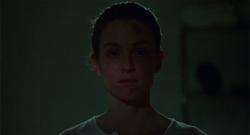
Safe
1995 -
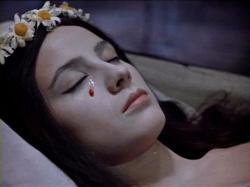
Viy
1967 -
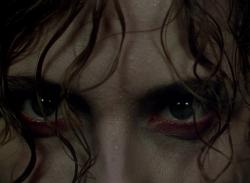
Black Narcissus
1947 -
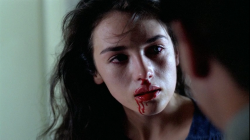
Possession
1981 -

Carrie
1976 -
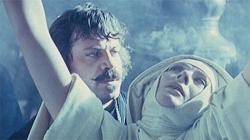
The Devils
1971 -
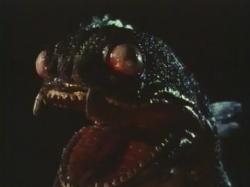
The Sea Serpent
1984 -
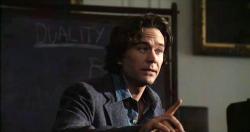
The Dark Half
1993 -
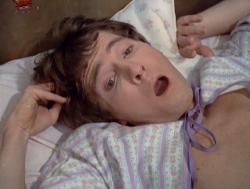
The Baby
1972 -
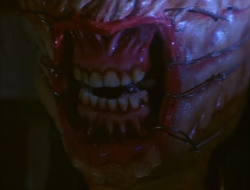
Hellraiser
1987 -
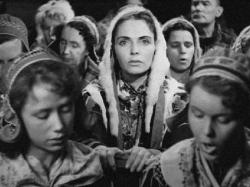
The White Reindeer
1952 -
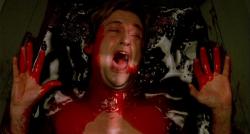
The Serpent and the Rainbow
1988 -
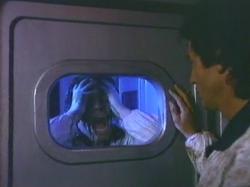
Endless Descent
1989 -
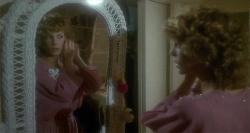
Prom Night
1980 -
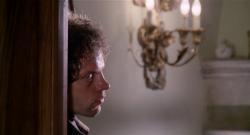
Night Train Murders
1975 -
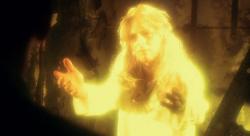
God Told Me To
1976 -
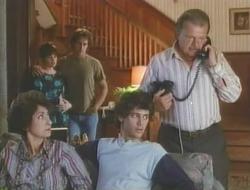
In a Child’s Name
1991 -
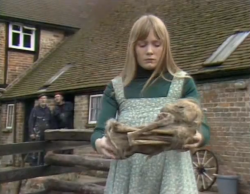
Beasts
1976 -
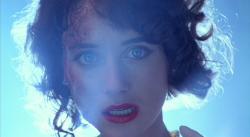
Prom Night II
1987 -
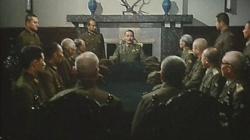
Men Behind the Sun
1986 -
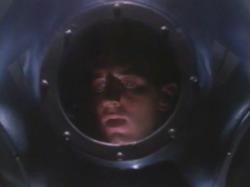
DeepStar Six
1989 -
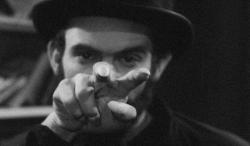
At Midnight I’ll Take Your Soul
1964 -
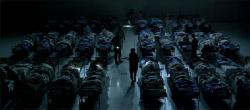
They Came Back
2004 -
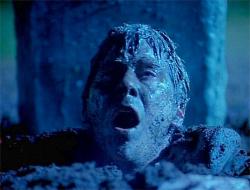
Buried Alive
1990 -
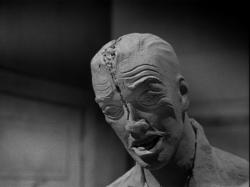
A Bucket of Blood
1959 -
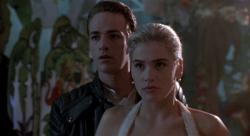
Buffy the Vampire Slayer
1992 -
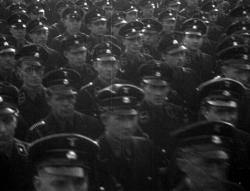
Night and Fog
1956 -
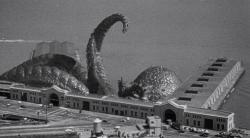
It Came From Beneath the Sea
1955 -
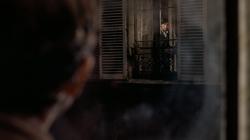
The Tenant
1976 -
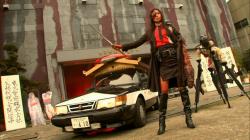
Tokyo Gore Police
2008 -
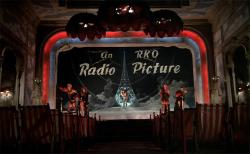
The Rocky Horror Picture Show
1975
We don’t do comments anymore, but you may contact us here or find us on Twitter or Facebook.



